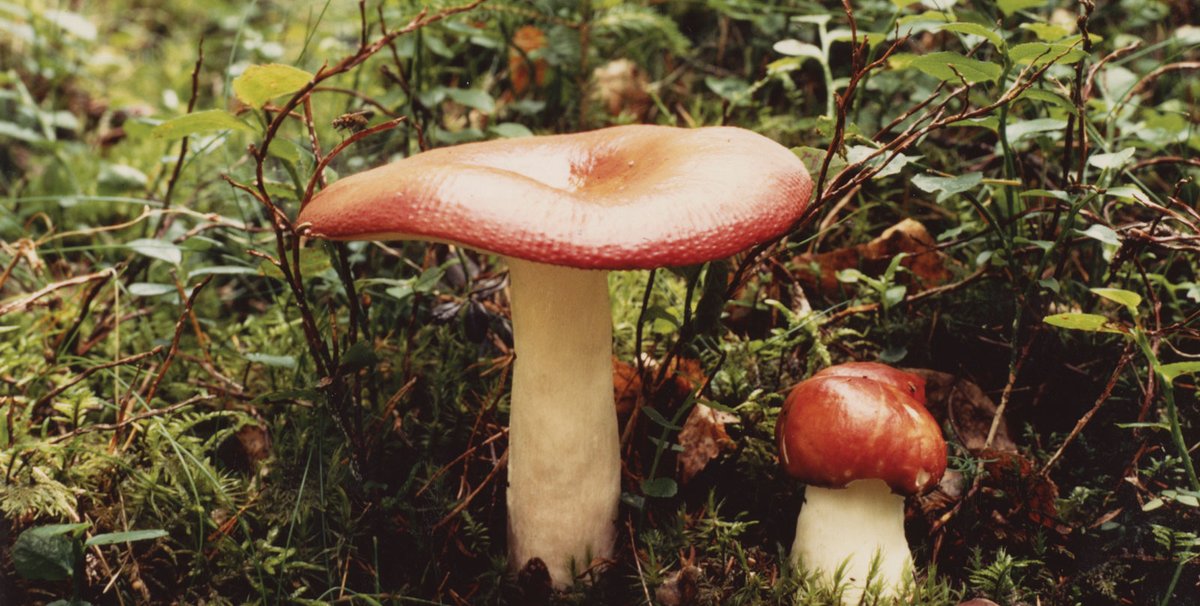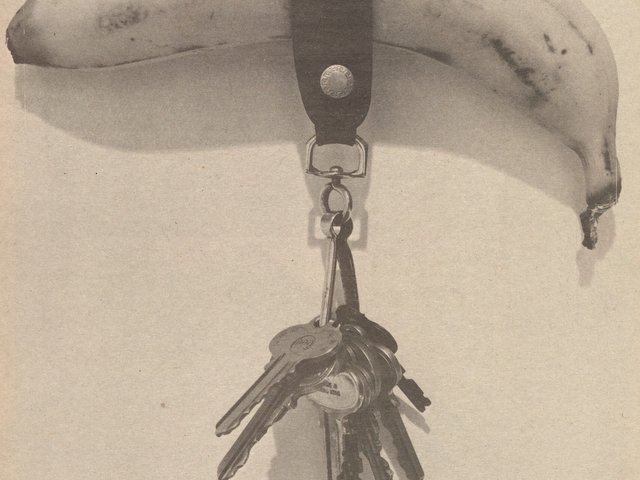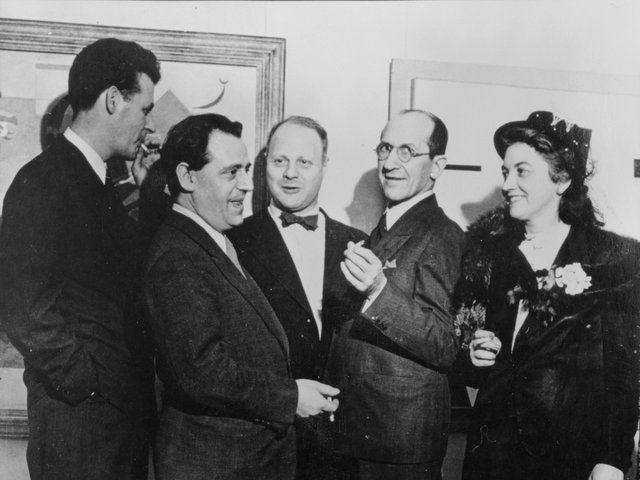The experimental composer, writer and artist John Cage (1912-92) was obsessed with mushrooms. “Often I go in the woods thinking after all these years I ought finally to be bored with fungi,” he once wrote in his diary. “But coming upon just any mushroom in good condition, I lose my mind all over again.” This extract is included in a new double volume publication John Cage: A Mycological Foray - Variations on Mushrooms, which delves into his love of all things mycological and reproduces photographs from his personal collection.
“The project came about in 2017, when we discovered that there was a John Cage Mycological Collection held at University of California Santa Cruz,” write Pascale Georgiev and Kingston Trinder, the directors at the publishers Atelier Éditions. “We were fascinated by Cage's naturalist side and had vague knowledge about his mycological penchant, from articles in journals like The Gourmand and Hyperallergic that had coincided with exhibitions of his works, but had no idea to what extent.”
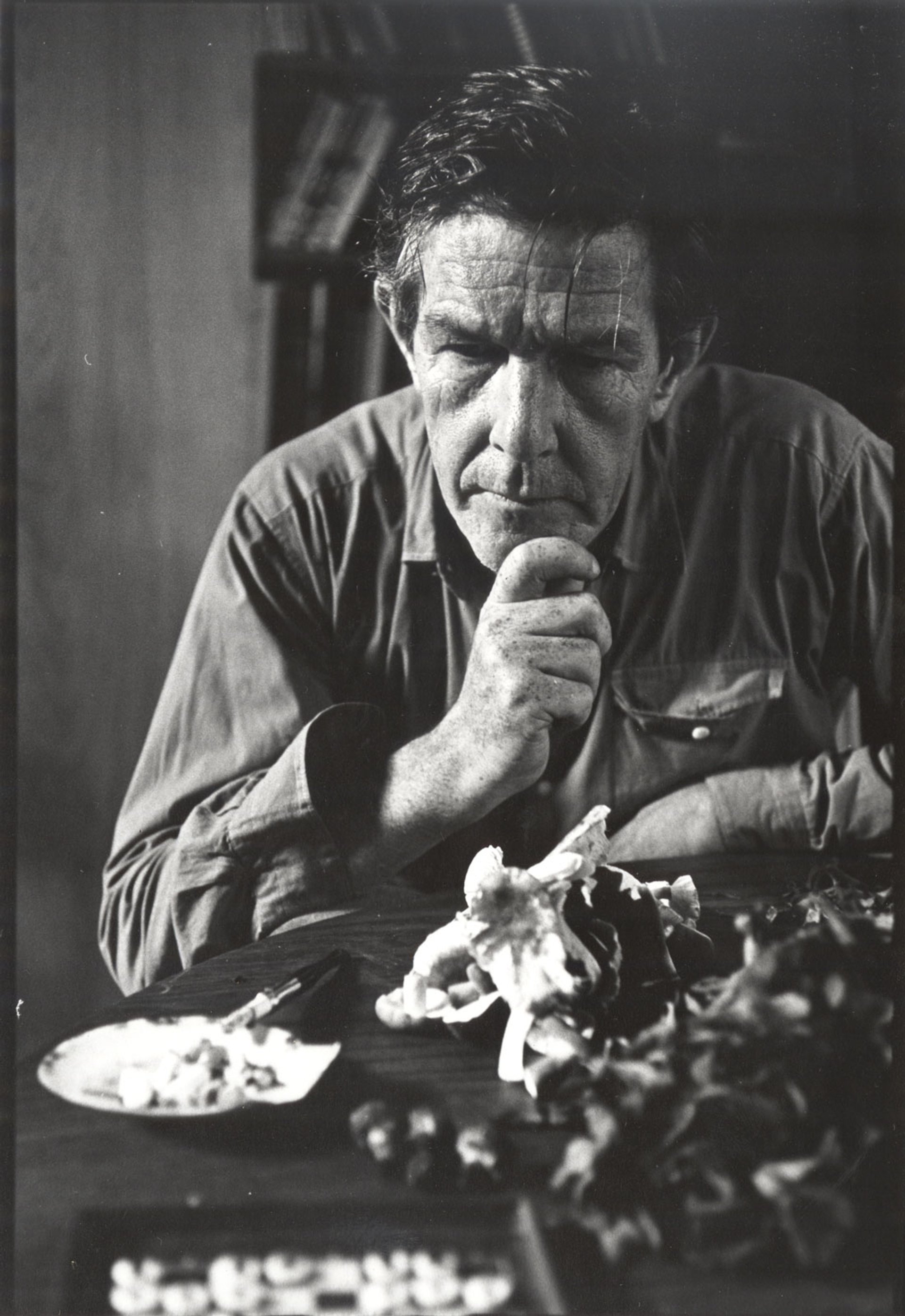
John Cage admiring mushrooms at Stony Point, NY in 1967 Photo: William Gedney. Courtesy of the William Gedeney Photographs and Papers, David M. Rubenstein Rare Book & Manuscript Library
An essay in the book written by Trinder details Cage’s lifelong devotion to all things mycological, which began through necessity during the Great Depression before developing in later life to a more meditative pursuit after Cage’s encounter with Zen Buddhism. The essay describes how Cage saw foraging and playing chess as a way of balancing the “involvement with chance” used in much of his compositional work. Hunting for mushrooms and chess playing are “situations in which chance cannot be used […] They are both life and death matters of winning and losing”. (Cage was taught chess by Marcel Duchamp, whom he later played against for a performance titled Reunion in 1968).
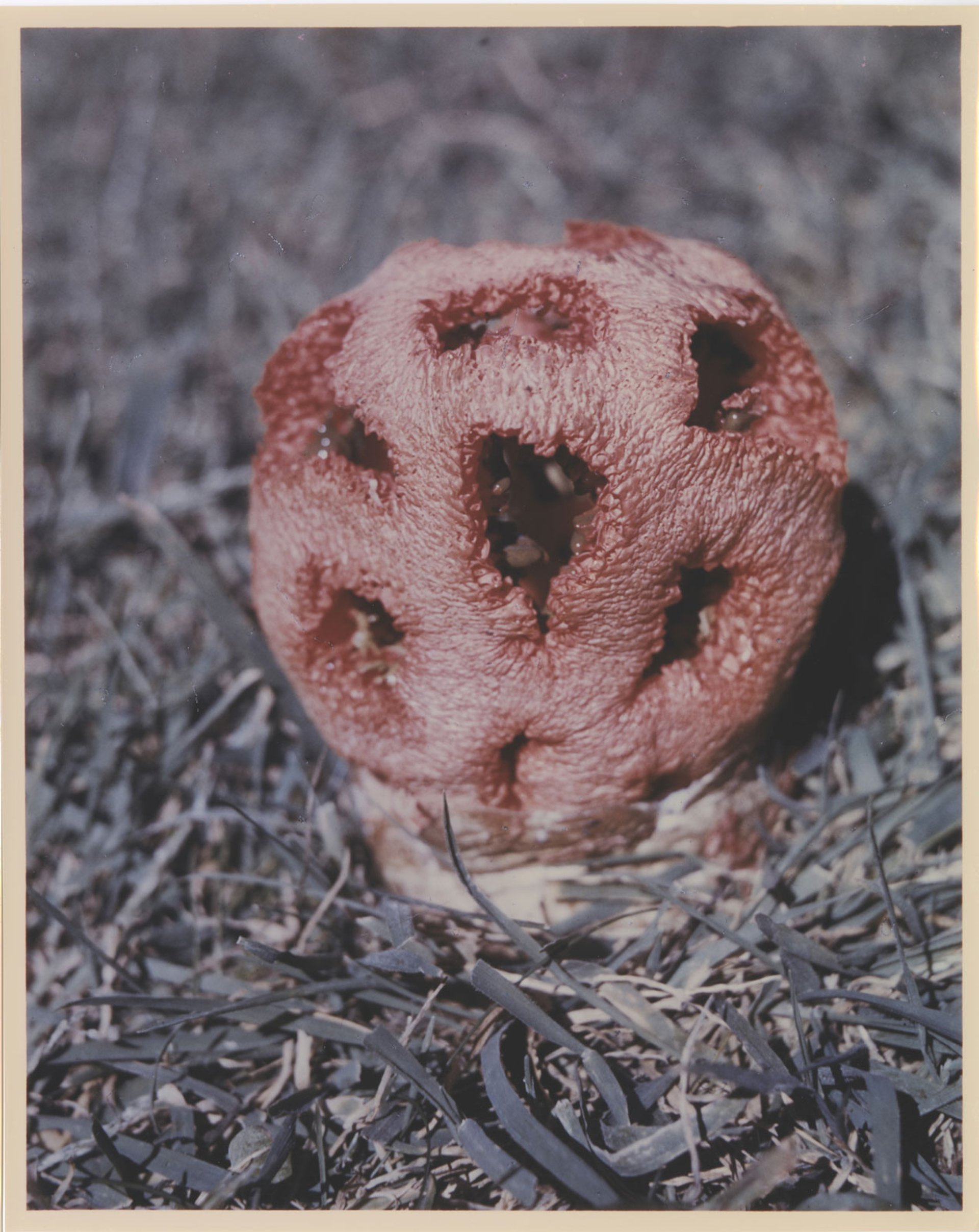
A photograph collected by Cage Photographer and date unknown. Courtesy of the John Cage Mycology Collection, UC Santa Cruz Special Collections and Archives
The essay also recounts instances of Cage taking students on foraging field trips, much to the chagrin of his university’s president; reviving the New York Mycological Society; and, perhaps inevitably, there are anecdotes of poisoning—although Cage himself was once hospitalised after misidentifying and eating a poisonous hellebore rather than a fungi. His preferred method for cooking mushrooms was simply in “butter, salt, and pepper and that’s that”; the butter would later be replaced by vegetable oils when he adopted a macrobiotic diet.
The first volume closes with a long mesostic poem—a transcript of a 1983 performance called Mushrooms et Variationes—that is printed on paper made from apple pulp, which was inspired by Cage’s series of edible drawings from the 1990s.
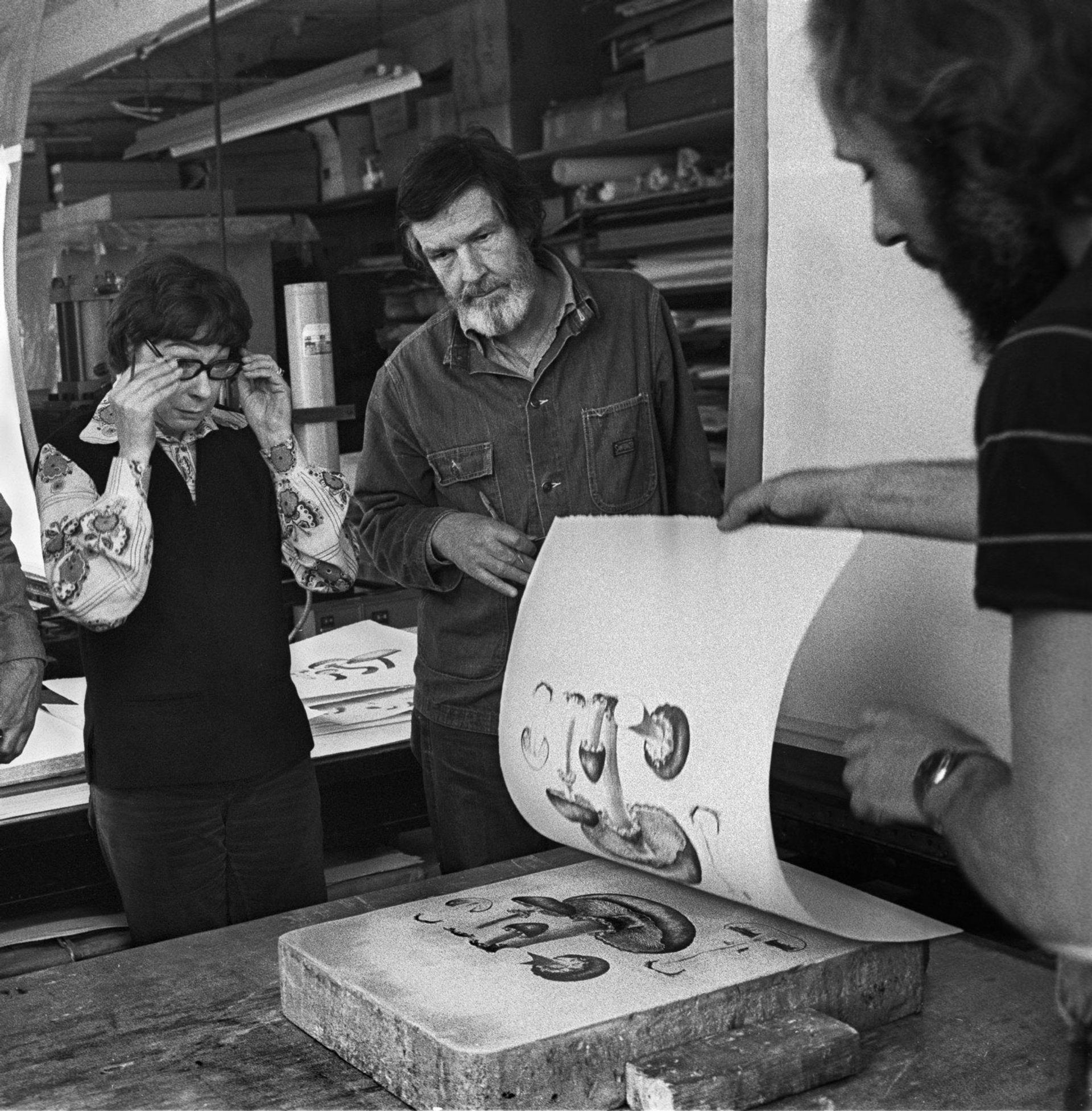
Cage and Lois Long overseeing the printing of Mushroom Book at Hollander Workshop, NY in 1972 Photo: James Klosty
The second volume is a facsimile of Cage’s Mushroom Book from 1972. The limited-edition original consisted of 20 detailed lithographs of various mushrooms drawn by the illustrator, and fellow fungi fanatic Lois Long. These were overlaid with tracing paper that Cage had scribbled observations and anecdotes on, juxtaposed with the more formal typed descriptions by the mycologist Alexander Smith. “We couldn't be more honoured to be publishing the inaugural reproduction of Mushroom Book,” Georgiev and Trinder say. “Artists’ books often become quite difficult to keep accessible to the general public over time, as do many paper works.”
A selection from Mushroom Book and photographs collected by John Cage
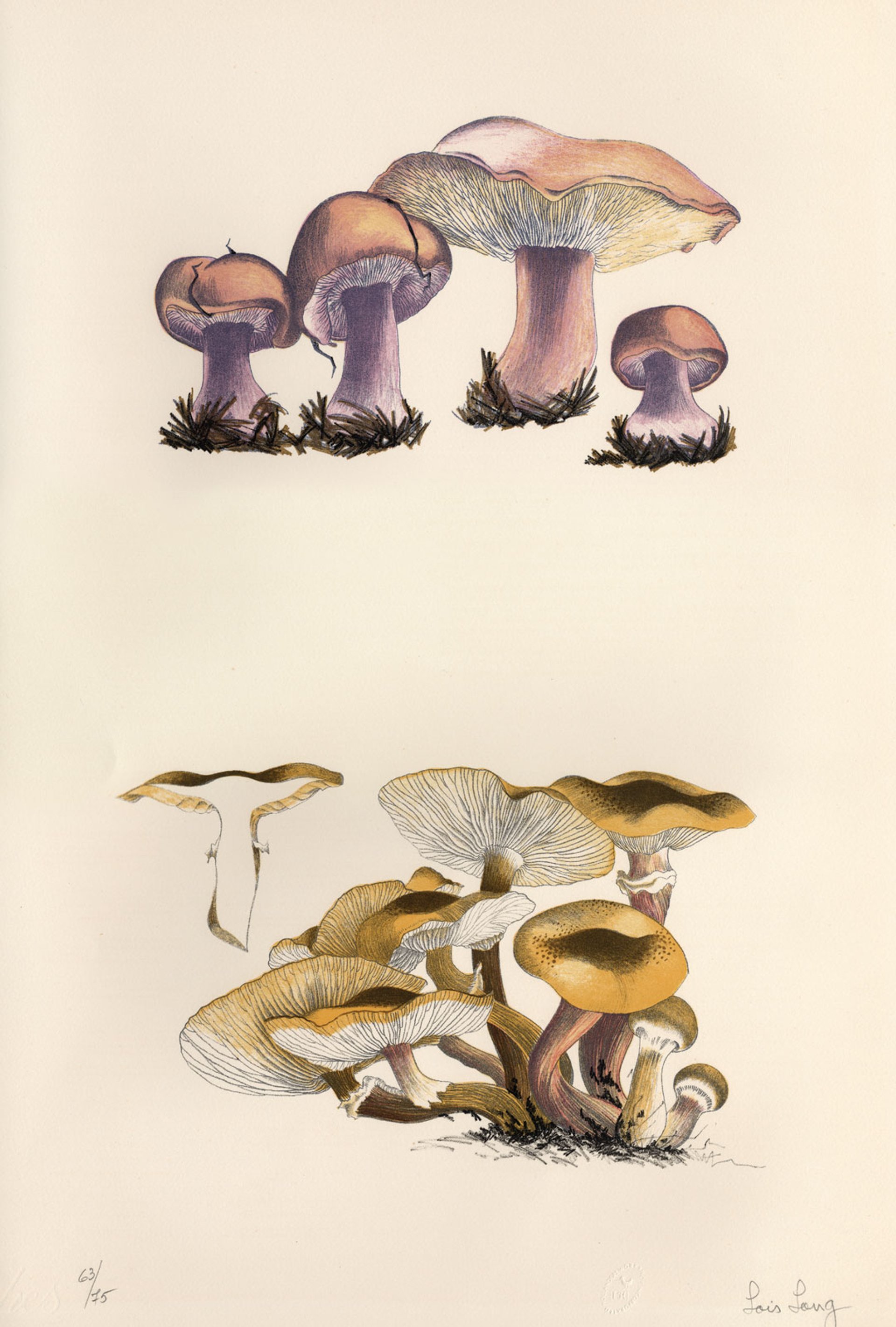
A page from Mushroom Book (1972). Scan of 63/75, Plate I with artwork by Lois Long Courtesy of the John Cage Trust

A page from Mushroom Book (1972). Scan of 63/75, Plate I, with artwork by John Cage Courtesy of the John Cage Trust
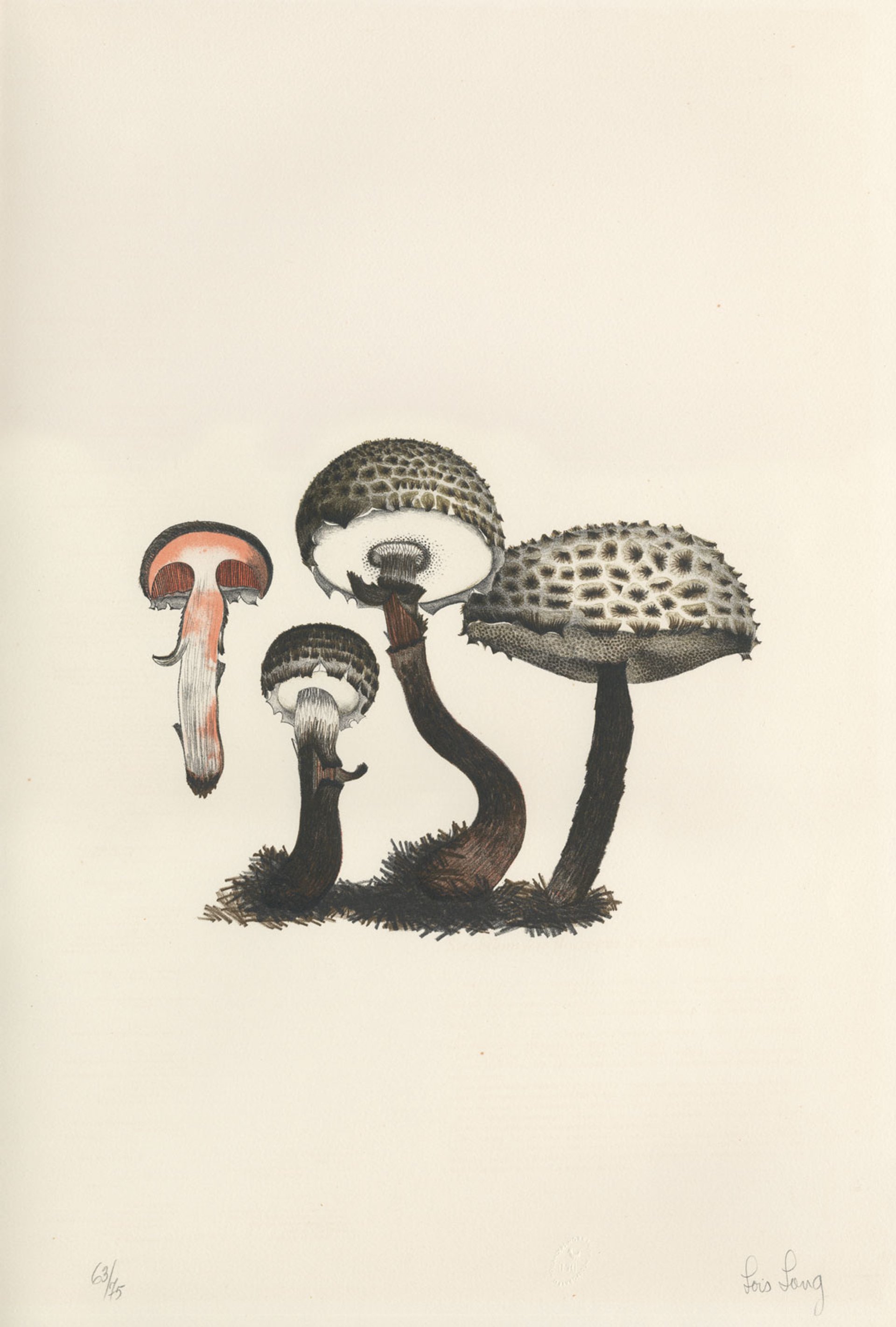
A page from Mushroom Book (1972). Scan of 63/75, Plate II, with artwork by Lois Long Courtesy of the John Cage Trust
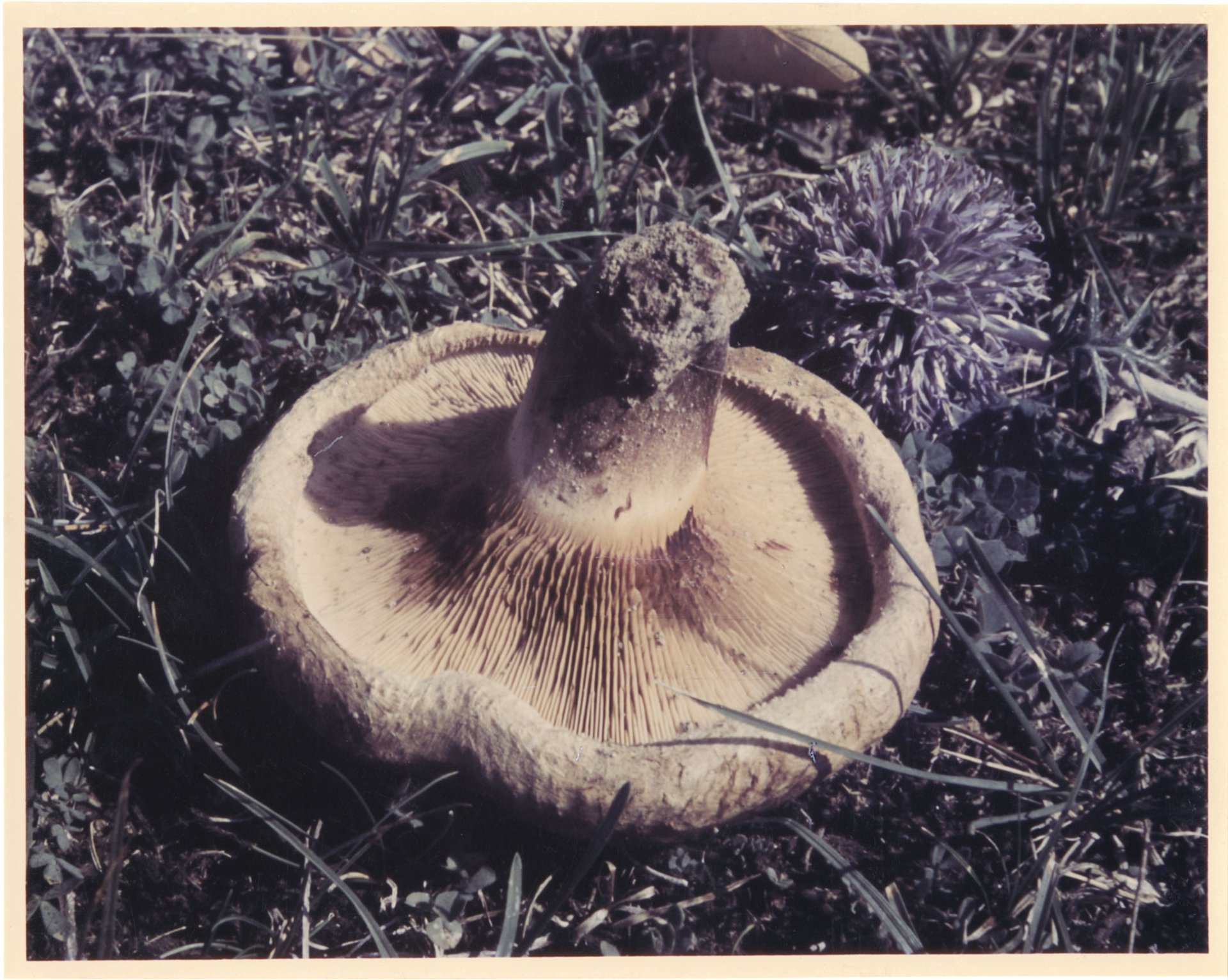
Photograph from Cage's collection Photographer and date unknown. Courtesy of the John Cage Mycology Collection, UC Santa Cruz Special Collections and Archives
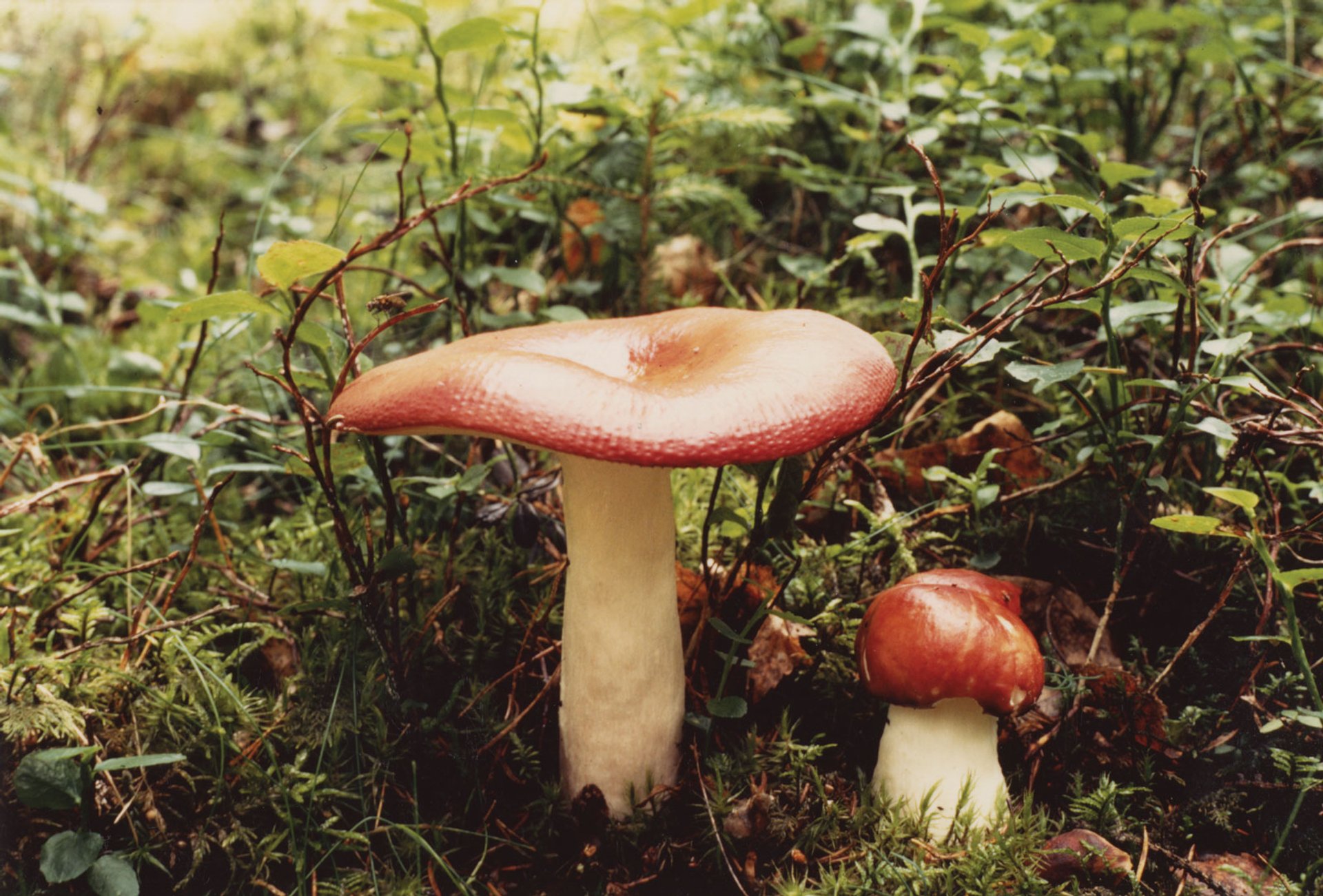
Photograph from Cage's collection Photographer and date unknown. Courtesy of the John Cage Mycology Collection, UC Santa Cruz Special Collections and Archives
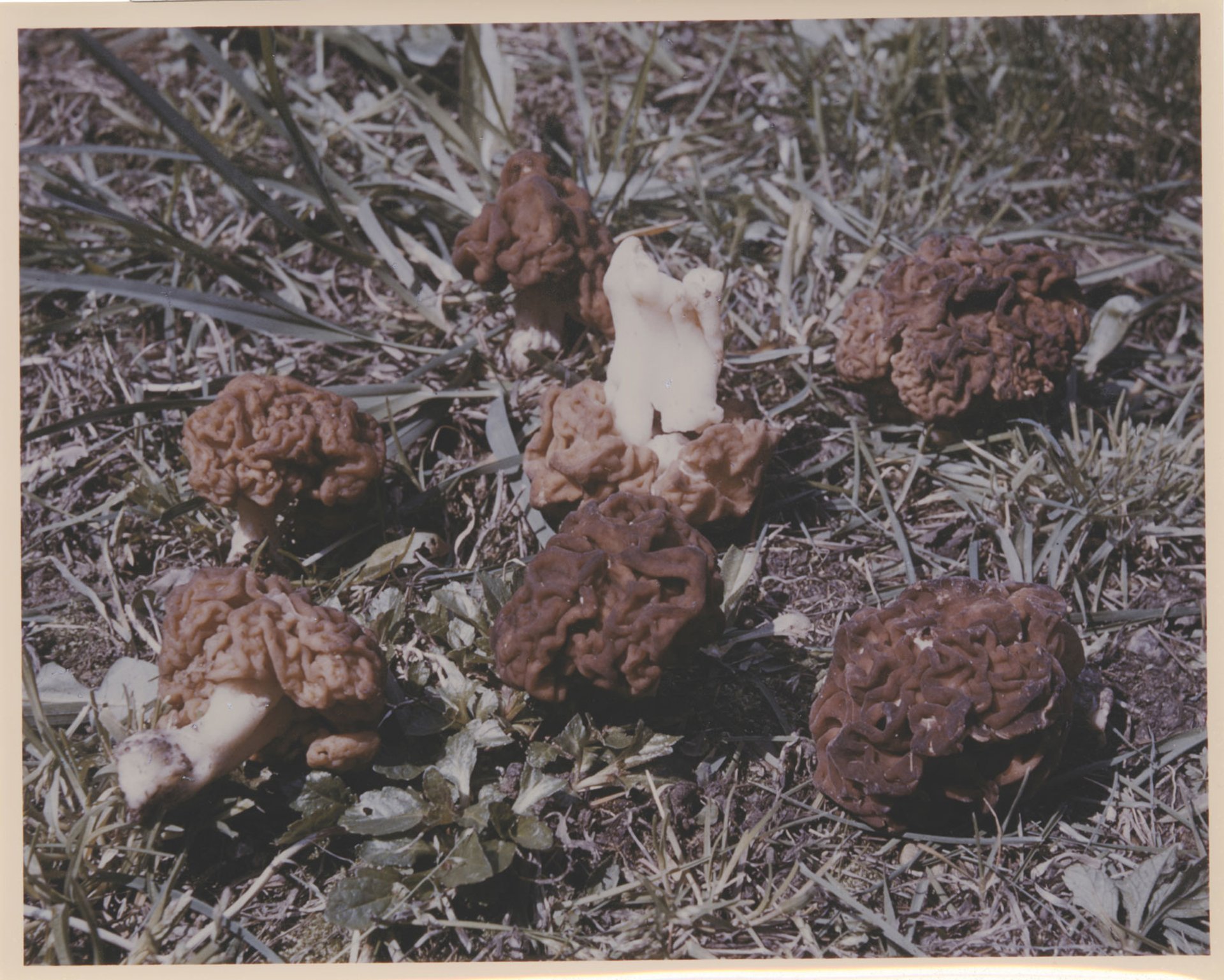
Photograph from Cage's collection Photographer and date unknown. Courtesy of the John Cage Mycology Collection, UC Santa Cruz Special Collections and Archives
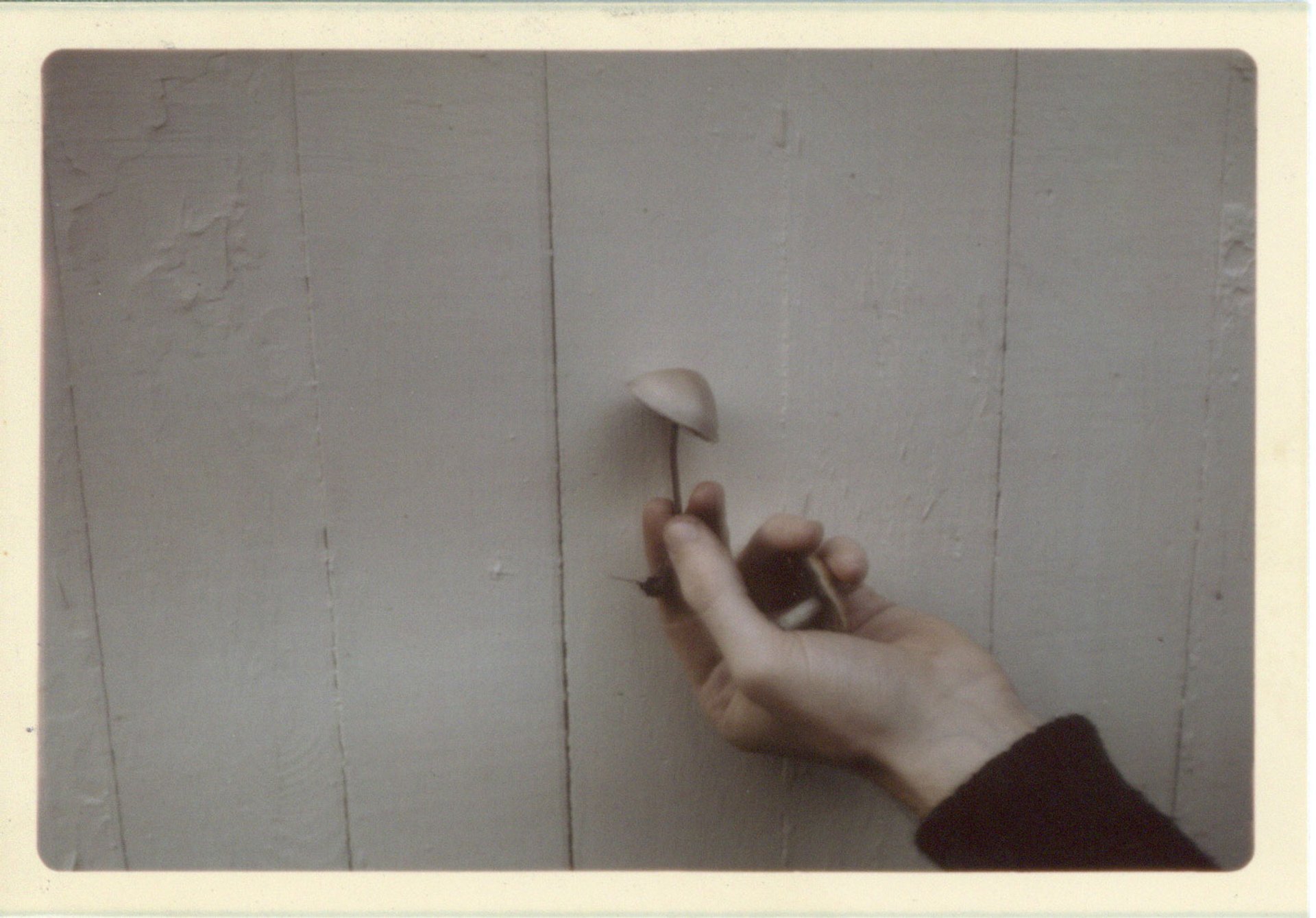
Photograph from Cage's collection Photographer and date unknown. Courtesy of the John Cage Mycology Collection, UC Santa Cruz Special Collections and Archives

Photograph from Cage's collection Photographer and date unknown. Courtesy of the John Cage Mycology Collection, UC Santa Cruz Special Collections and Archives
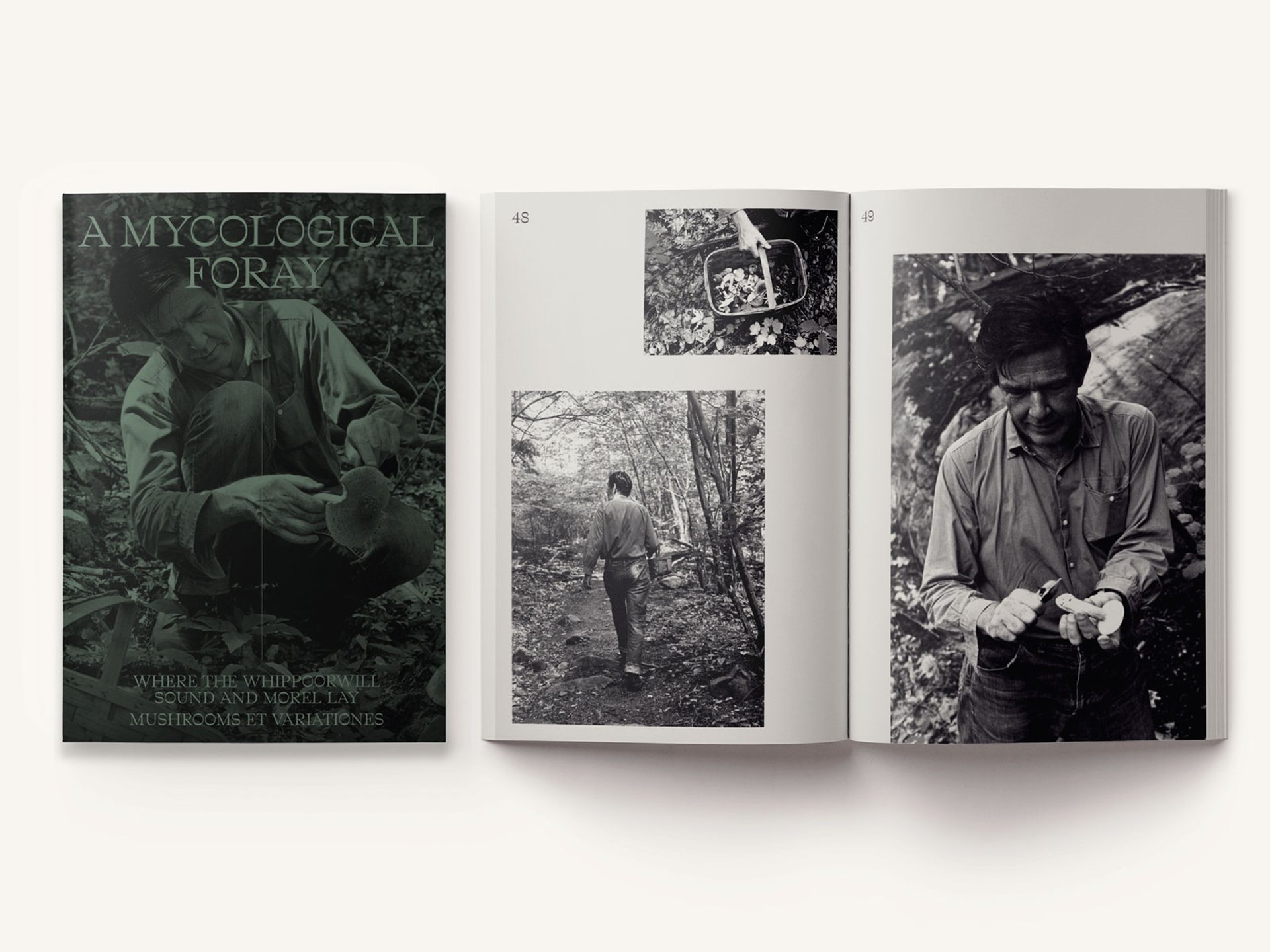
John Cage: A Mycological Foray - Variations on Mushrooms
• John Cage: A Mycological Foray - Variations on Mushrooms, John Cage et al., Atelier Éditions, 224pp, $55 (hb)


